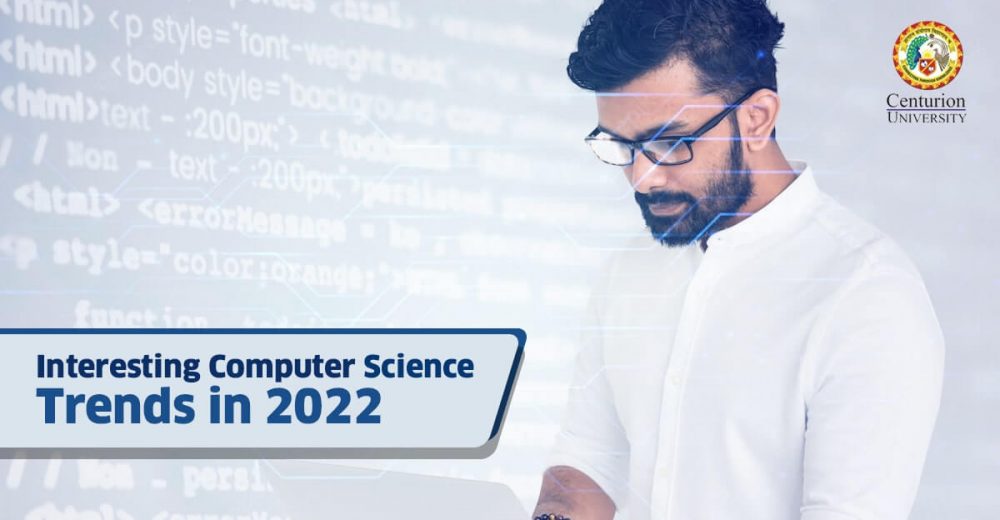Here are seven of the fastest-growing IT trends today. And how these technologies are challenging the status quo in offices and college campuses. Here are the trends to watch whether you’re new to IT or an experienced IT manager.
1) Quantum computing is making waves
Quantum computing uses quantum mechanics such as entanglement and superposition to perform computations. We use quantum bits (qubits) in the same way that ordinary computers use bits.
Quantum computers have the potential to solve problems that would take millions of years for the world’s most powerful supercomputers to solve. Google, Microsoft, and IBM are among the businesses vying to develop dependable quantum computers. In September 2019, Google AI and NASA released a joint paper claiming they had achieved “quantum supremacy.”
This is when quantum computers outperform classical computers at specific tasks. Quantum computers have the potential to transform data science completely.
It also has the potential to accelerate the development of artificial intelligence, virtual reality, big data, deep learning, cryptography, medicine, and more.
The downside is that building a quantum computer is currently complicated and prone to failure.
Despite current limitations, it is reasonable to expect further advances from Google and others to help make quantum computing practical.
This positions quantum computing as one of the most crucial computing trends in the next few years.
2) Zero Trust will become the norm
Most information security frameworks organizations use traditional trusted authentication methods (such as passwords).
These frameworks focus on securing network access.
We also believe that anyone with access to the network should be able to access the data and resources they choose.
This approach has significant drawbacks. Arbitrary Entry, An attacker, penetrating from her point, can move freely and access all data or delete it completely. The Zero Trust information security model is intended to prevent this potential vulnerability.
The Zero Trust model replaces the old assumption that everyone on an organization’s network can be trusted.
Instead, no one is trusted, inside or outside the network.
Anyone attempting to access resources on the network should verify.
This security architecture rapidly evolves from a simple IT concept to an industry best practice. No wonder. According to IBM, the average cost of a data breach to a corporation is $3.86 million. And it takes an average of 280 days to recover fully.
We can see the demand for this technology will continue to grow the2022 and beyond as organizations adopt zero trust security to mitigate this risk.
3) Cloud computing has reached its limits
Gartner predicts that 80% of organizations will close their traditional data centers by 2025. This is primarily because conventional cloud computing relies on servers in central locations.
If the end user is in another country, they must wait until the data travels thousands of miles.
Latency issues like this can degrade your application’s performance, especially for high-bandwidth media like video.
Many companies are turning to edge IT service providers, instead.
Modern edge computing brings computing, storage, and data analytics close to the end user’s location.
Also, if the edge server hosts her web application, the response time improves dramatically. As a result, he predicts that the edge computing market will reach $61.14 billion by 2028. And content delivery networks like Cloudflare, which make edge computing easy and accessible, increasingly power the web.
4) Kotlin is better than Java
Kotlin is a general-purpose programming language that first hit the market in 2011.
It was designed to be a cleaner, more streamlined version of Java. It also works for JVM (Java Virtual Machine) and Android development. There are now over 7 million Java programmers worldwide.
Kotlin offers advantages over Java, so we expect more and more programmers to switch to Java in 2022-2025.
Google even announced in 2019 that Kotlin had become the preferred language for his Android app developers.
5) The web is becoming more standardized
Representational State Transfer (REST) web services power the internet and the data behind it. However, the structure of each REST API data source is very different.
It depends entirely on how the individual programmer behind it decides to design it.
OpenAPI Specification (OAS) changes that. It’s a description format for REST APIs.
Data sources that implement OAS are quickly learned and readable by humans and machines.
The OpenAPI file describes the entire API, including available endpoints, operations, and outputs. This standardization allows automation of previously time-consuming tasks.
6) No need for a digital twin
A digital twin is a software representation of a real-world entity or process from which simulation data can be generated and analyzed.
This allows you to improve efficiency and avoid problems before building and deploying devices.
GE is a big name in the industry and has developed an in-house digital twin technology to improve its jet engine manufacturing process. The technology was initially only available at the enterprise level using GE’s Predix Industrial Internet of Things (IoT) platform.
But now, its use has spread to other industries, such as retail warehousing, automotive manufacturing, and medical planning.
However, there are very few case studies of these real-world use cases, so the people who create them establish themselves as industry experts in their field.
7) Demand for cybersecurity expertise soars
According to CNET, at least 7.9 billion records (including credit card numbers, home addresses, and phone numbers) were subject to data breaches in 2019 alone. As such, many businesses are looking for cybersecurity expertise to protect themselves. Hack The Box is an online platform containing a wealth of educational information and hundreds of cybersecurity challenges.
Also, 290,000 active users have tested and improved their penetration testing skills.
It has become the go-to place for companies to recruit new talent to their cybersecurity teams. Also trending is software that helps determine if a data breach has compromised your credentials.
Conclusion:
Here is his list of 7 IT trends to watch in the next 4-5 years. From machine learning to blockchain to AR, these are exciting times for IT. CS is always a fast-moving industry. However, with the growth of entirely new technologies (especially cloud computing and machine learning), the rate of change is expected to accelerate in 2022 and beyond.
Get Admission at the best engineering college in Bhubaneswar.

